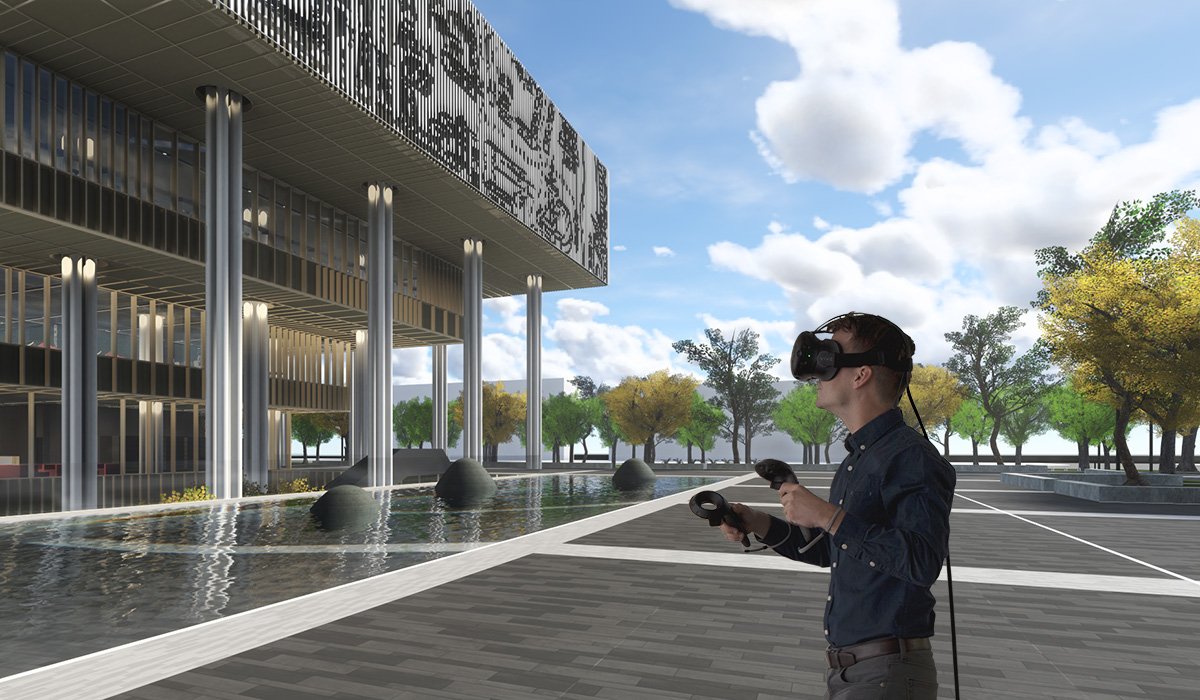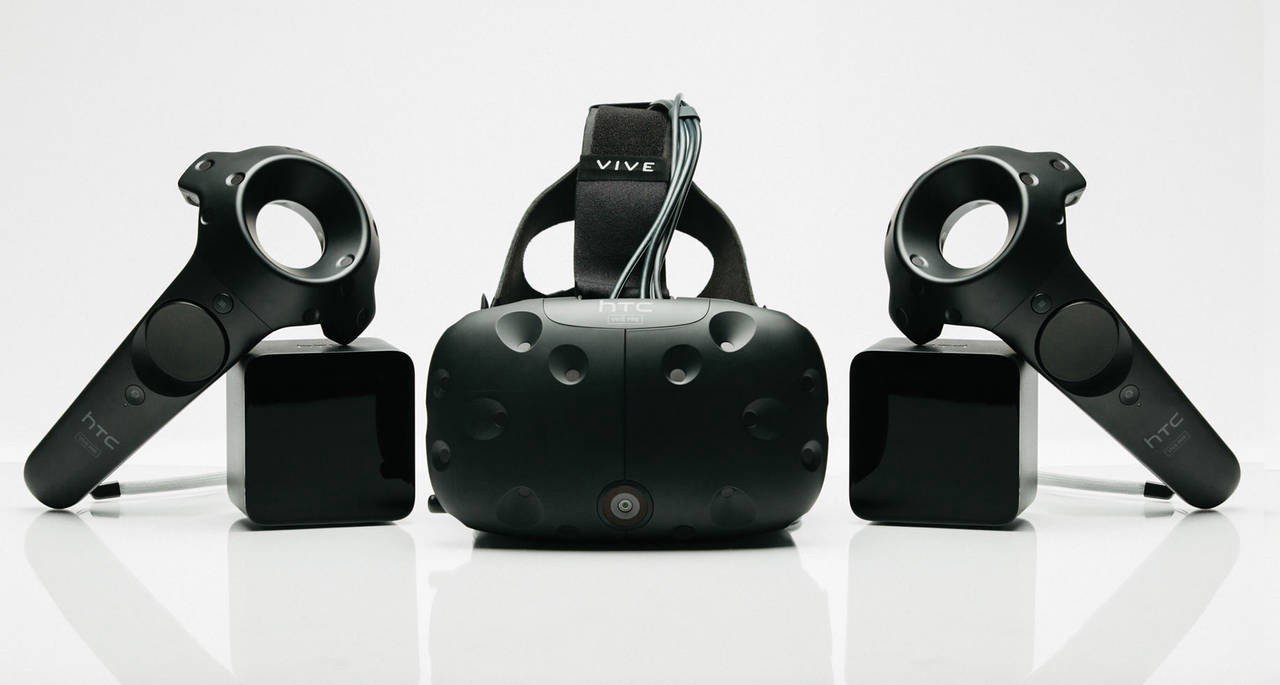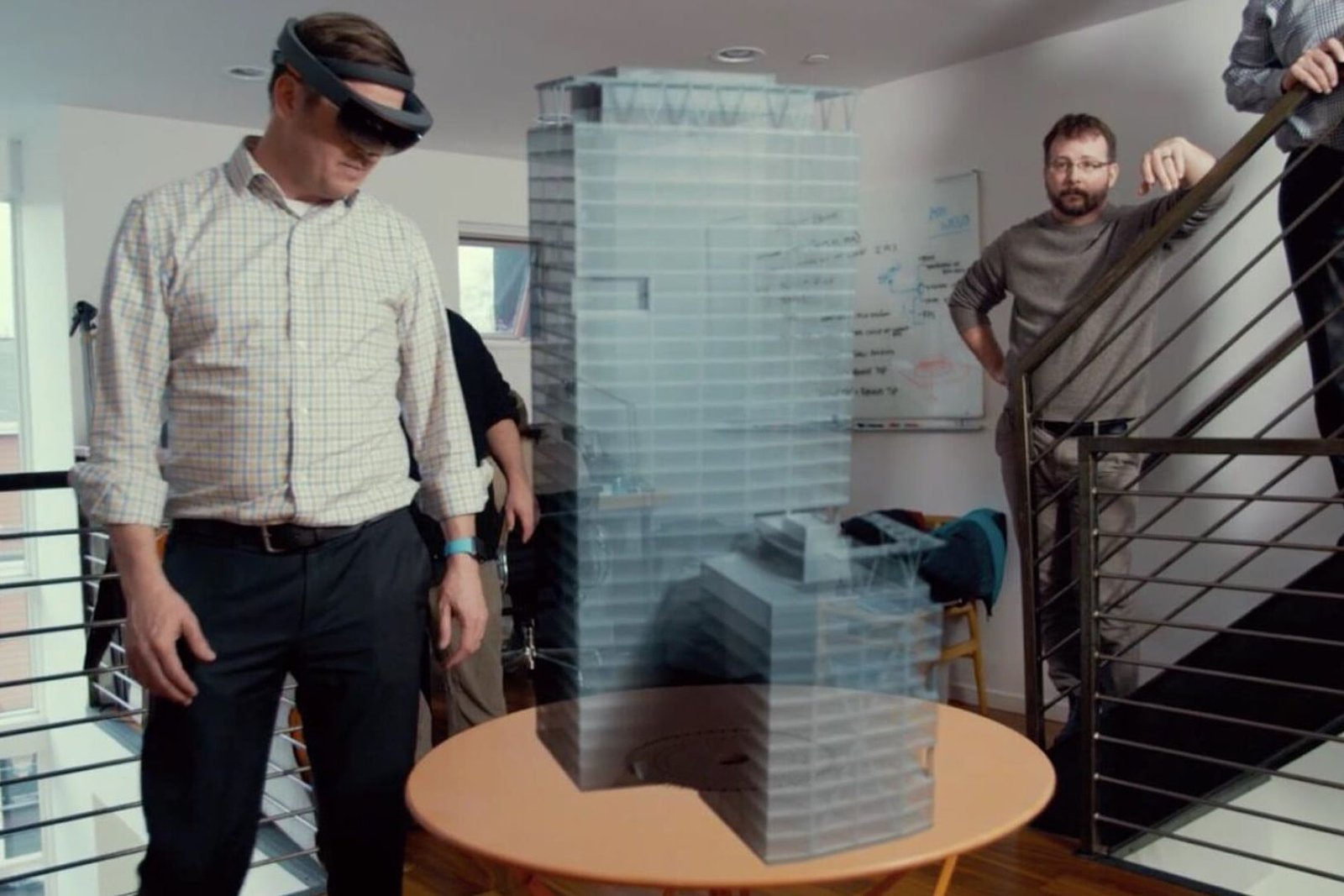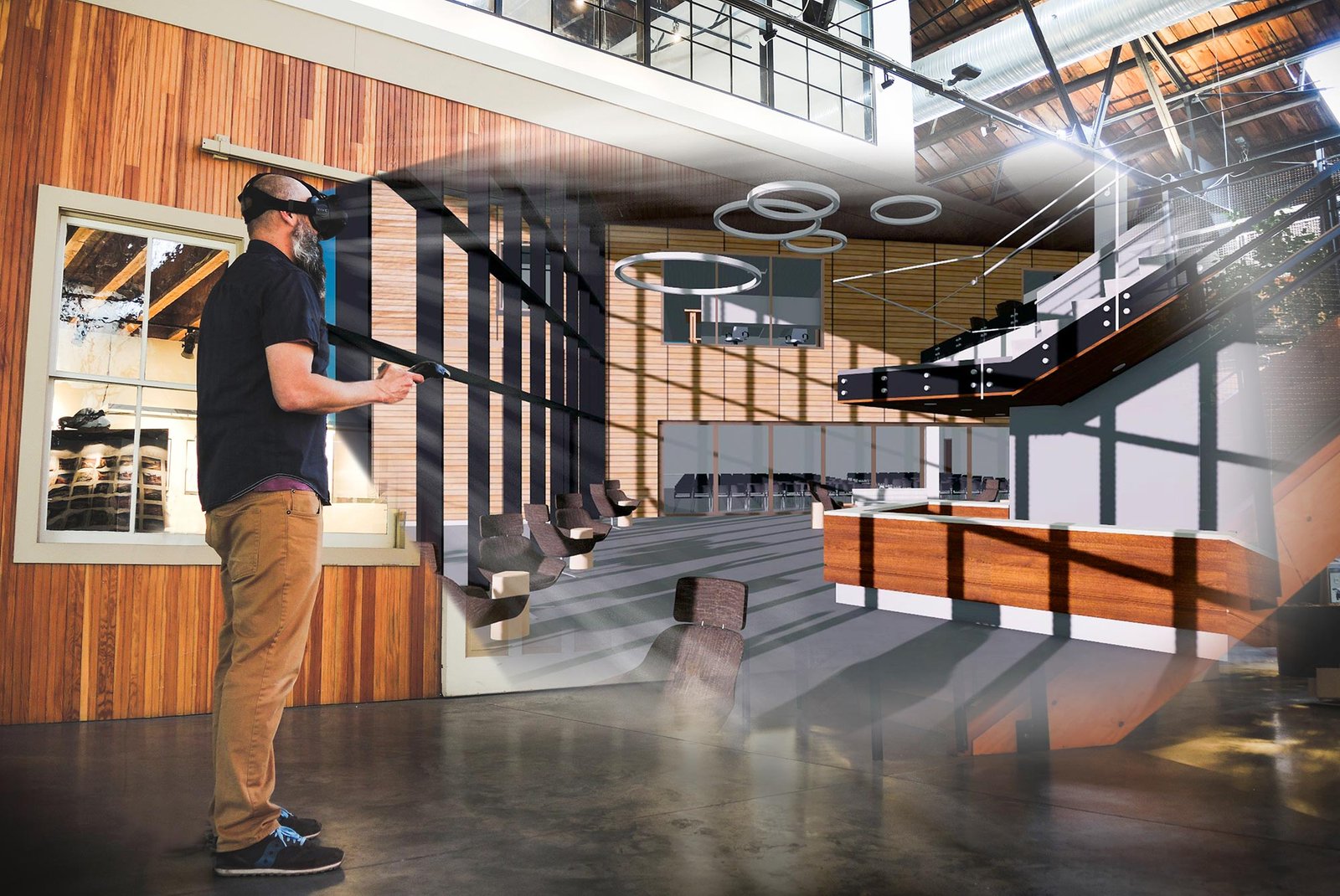50 years ago, architects were using hand-drawn prints for their design work. With evolving technology, architects and designers now have computer-drawn designs at their disposal and this technology is still improving and changing with every passing year. With the emergence of virtual reality, it has been possible to simulate a 3D image and interact with it in an artificial experience.

Virtual Reality for Architects
One of the most challenging works for an architect is to convince the client that a design works before receiving feedback that can be integrated into the final design. A lot of tools such as floor plans, 3D renderings, and models are often used to convey an idea for a design, but even these staple architectural approaches can fail to effectively communicate ideas with clients.VR technology presents various possibilities for successful interaction with clients. From design mock-ups to final touches that can make a design excellent, VR possesses the capability to sell an idea better than the already exhausted mediums.

VR can help bring the architect’s ideas to life. Though 3D modelling is still a powerful visualizing tool for a project, VR allows you to step inside the building and get a feel of the views presented and makes that vision tangible. Introduction to VR helps the architects tackle things like types of materials needed, the construction logistics, and the possible reality of the design. It allows one to step into space right from their desk to check further specific elements, design languages, environment needs, and construction techniques. An architect can easily visualize any design solutions within the project and fix any problems before the construction starts, which in turn comes out to be more effective and pocket friendly that making changes into the actual physical space.
With the help of VR, the architect can also understand the environmental factors that could impact the project more clearly. One can overlay virtual reality environmental data with the building to test the ideas of safety, sunlight, and heat for the client. At the same time, VR also helps to visualize how the sunlight factor can play into a room. Not only does it make the design process fun but it has made the world of 3D revolutionary!
Virtual Reality and The Client
To be able to convey all emotions, ideas, and the vision for the design, VR makes the process significantly faster while pitching these design ideas. VR aids in giving a live tour of the design environment and allows them to interact with the project. Thus inadvertently speeding up client approvals and minimizing last-minute changes for the architect. This even helps in avoiding any repeated changes during real-time meetings that can range from facade changes to furniture settings which could slow down the design process otherwise. There are tools available in VR where a project can be sent to a client to take a tour of the project and they can markup any suggestions that can streamline the design process that can otherwise become a long and elongated process.

Virtual Reality Applications
The world of architecture and design are now seeing some innovations specifically made to help enhance our architectural experience. Here are some examples.

- Symmetry: It allows 3D AutoCAD drawings to be converted to a fully immersive virtual experience. It also allows one to not only interact but also alter designs directly from the virtual device.
- IrisVR: Similar to Symmetry, it allows industry-standard 3D to be virtually converted It is a more user-friendly space to be used by clients.
- ARQVR: It involves a controller and a headset through which an architect can recreate structures. It offers a tailor-made interface for building and arranging objects and adding aesthetic touches.
- Truvision: This technology enables architects to recreate virtual environments to walk around, observe, and interact with the spaces within. Using the Samsung Gear VR, for example, it makes the users easy to identify structural issues and resolve them, thus, saving time and money.

The future in Immersive Reality seems limitless where they have the potential to become a staple for use at a design office. Beyond just visualizing, VR has the power to help with the designing than just presenting. They can help immensely in better construction, increased quality control parameters, and a smooth client experience.

